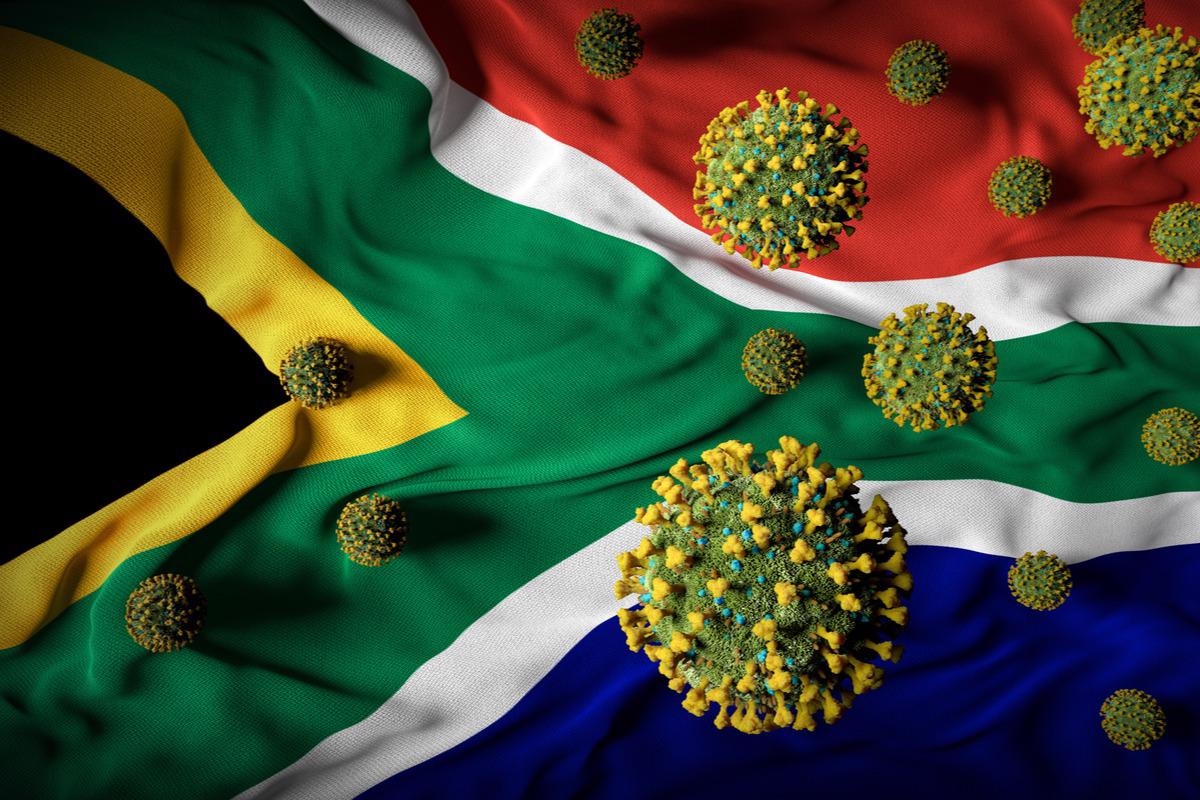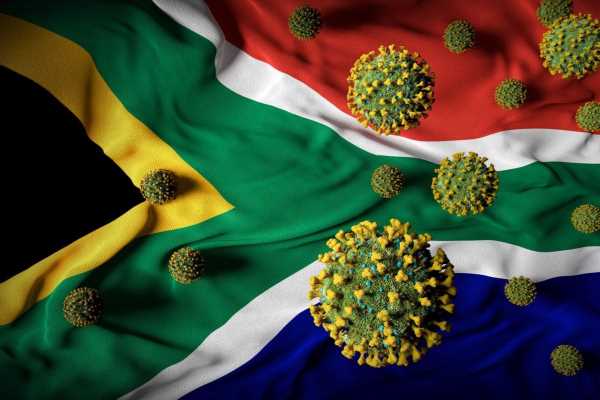A recent study posted to the medRxiv* preprint server explored the buildup of immunity developed post severe acute respiratory syndrome coronavirus 2 (SARS-CoV-2) infection in African people and the impact of SARS-CoV-2 Omicron variant of concern (VOC) on the coronavirus disease 2019 (COVID-19) pandemic.
 Study: Persistence of SARS-CoV-2 immunity, Omicron’s footprints, and projections of epidemic resurgences in South African population cohorts. Image Credit: Darryl Fonseka/Shutterstock
Study: Persistence of SARS-CoV-2 immunity, Omicron’s footprints, and projections of epidemic resurgences in South African population cohorts. Image Credit: Darryl Fonseka/Shutterstock
Several reports have suggested that the emergence of new SARS-CoV-2 VOCs and their exposure to the public can impact the immunity of the population against the virus. Understanding the consequences of various incidences of infections over time can help modify COVID-19 policies appropriately.
About the study
The present study investigated the ability of cross-protective immunity developed in African populations following previous SARS-CoV-2 infections before the emergence of the Omicron VOC and estimated the overarching effects of the Omicron epidemic in the African population.
Data from two household cohorts from PHIRST-C (prospective household study of SARS-CoV-2, influenza and respiratory syncytial virus community burden, transmission dynamics, and viral interaction in South Africa- COVID-19) was collected between July 2020 and August 2021. A total of 1200 individuals from 222 households were eligible for the study. Follow-ups for real-time reverse transcription-polymerase chain reaction (rRT-PCR) testing and monitoring of COVID-19-related symptoms were conducted twice every week, while serological tests were conducted once every two months.
The odds of infection and reinfection in the population were studied by a time-varying model that considered the various dynamics of viral ribonucleic acid (RNA) shedding in each individual. Nasal swabs were collected twice a week and tested by rRT-PCR for COVID-19 to evaluate shedding intensity and to model the kinetics of viral shedding.
Serologic and respiratory samples collected from 222 households enabled modeling of viral shedding kinetics, transmission dynamics, and cross-protection between subsequent circulating VOCs across three waves of COVID-19 infections.
Results
The study results showed that the total number of fully vaccinated individuals in the study cohort was less than 10% in September 2021. In the serological samples collected at the rural sites, anti-SARS-CoV-2 nucleocapsid antibodies were 1.1% at the time of enrolment, 7.3% post the first wave of SARS-CoV-2 infections, 25.4% after the second wave, and 39.1% during the peak period of the third wave. Between July 2020 and August 2021, a total of 50.9% of the study cohort had tested rRT-PCR positive for a minimum of one COVID-19 infection incidence, while the cumulative rate of COVID-19-positivity was 59.7% at the end of the study period in the rural group.
In the urban site, SARS-CoV-2 seroprevalence was 14.3% at the beginning of the study and rose to 27.0%, 40.3%, and 55.7% after the first and second wave of infections, and at the peak of the third wave, respectively. The rRT-PCR test results were COVID-19 positive for a minimum of one infection for 53.1% of the population, while 69.4% was the cumulative rate of infection in the urban group at the end of the study.
Altogether for both the sites, among the total 669 rRT-PCR-positive COVID-19 cases, 89.5% were primary infections while 9.5% were reinfections. Sequencing data showed that among the two cohorts, 14.3% of infections were caused by the D614G strain of SARS-CoV-2, 33.2% by the Beta VOC, 44.1% by the Delta VOC, while other lineages caused 2.7%.
Similar shedding kinetics were observed in the D614G, Delta, and Beta VOCs with a proliferation stage lasting 2.8 days, 3.0 days, and 2.7 days, respectively, and a clearance period of 7.1 days, 7.9 days, and 7.4 days, respectively. Symptomatic infections had a significantly higher peak of shedding intensity as compared to asymptomatic infections. Among the symptomatic cases, the Delta VOC had the highest peak of shedding intensity, followed by the Beta VOC and the D614G strain. Furthermore, Delta VOC infections shed RNA for longer time durations than D614G infections. Also, a history of previous infections lowered the peak of viral shedding by 3.7 Ct (peak shedding intensity) and the duration of viral shedding by 3.6 days after reinfection.
Conclusion
The study findings showed that robust cross-infection immunity was developed due to sequential exposures of individuals to different SARS-CoV-2 VOCs. The comparison of population-level models against these study cohorts can facilitate the clarification of patterns in immunity development over a long time, the long-term effects of immune evasion, and the impact of the SARS-CoV-2 pandemic on the foreseeable future.
*Important notice
medRxiv publishes preliminary scientific reports that are not peer-reviewed and, therefore, should not be regarded as conclusive, guide clinical practice/health-related behavior, or treated as established information.
-
Sun, K. et al. (2022) "Persistence of SARS-CoV-2 immunity, Omicron's footprints, and projections of epidemic resurgences in South African population cohorts.". medRxiv. doi: 10.1101/2022.02.11.22270854. https://www.medrxiv.org/content/10.1101/2022.02.11.22270854v1
Posted in: Medical Science News | Medical Research News | Disease/Infection News
Tags: Antibodies, Coronavirus, Coronavirus Disease COVID-19, covid-19, CT, immunity, Influenza, Omicron, Pandemic, Polymerase, Polymerase Chain Reaction, Proliferation, Respiratory, Respiratory Syncytial Virus, Ribonucleic Acid, RNA, SARS, SARS-CoV-2, Severe Acute Respiratory, Severe Acute Respiratory Syndrome, Syndrome, Transcription, Virus

Written by
Susha Cheriyedath
Susha has a Bachelor of Science (B.Sc.) degree in Chemistry and Master of Science (M.Sc) degree in Biochemistry from the University of Calicut, India. She always had a keen interest in medical and health science. As part of her masters degree, she specialized in Biochemistry, with an emphasis on Microbiology, Physiology, Biotechnology, and Nutrition. In her spare time, she loves to cook up a storm in the kitchen with her super-messy baking experiments.
Source: Read Full Article
